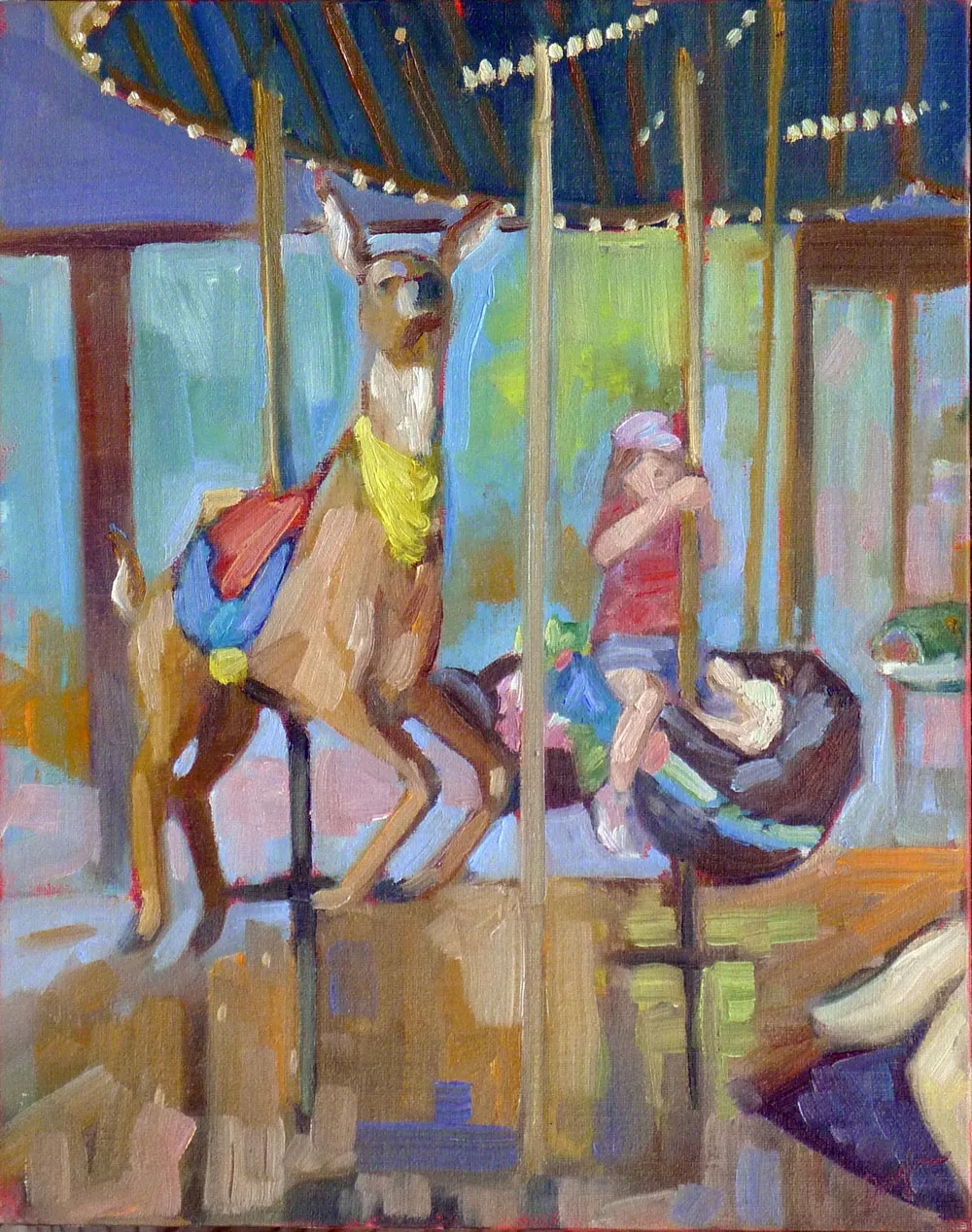Alla prima oil painters usually favor hog’s bristle brushes. These are far less expensive than softer hairs like sable. They are the only brushes that spread thick paint smoothly and evenly, making for the freshest alla prima technique. There are some good synthetic brushes on the market, but none of them are quite as stiff as a good natural bristle brush.
Bristle brushes tend to form a flag (a v-shaped split) at the end over time. However, if the brush is made properly, with good interlocking bristles, it will have a natural resistance to fraying. Because field painters often go long periods without being able to clean their brushes, durability is important.
Don’t use that as an excuse to not clean your brushes thoroughly. Rinse and wipe out all the solids and wrap them tightly until you can get to a sink. When you do wash them, use a good fatty soap and make sure all the paint is out of the ferrule (the metal part), or they’ll lose their shape. A brush that’s got paint clogging the ferrule is impossible to resurrect. (My daughter’s brush soap, which is very good, is available here, but she will not be shipping more soap for the next few weeks.)
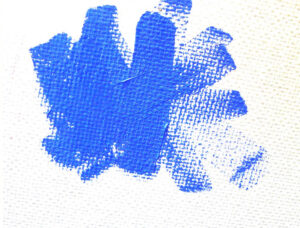
Flats:
Flat brushes make an immediate, energetic mark. They’re excellent for fast, powerful surface work, long sweeping strokes, and blocking in shapes.
Used on their sides they also make great lines, far more evenly than a small round can do.
I like an 8-10 flat, because I tend to paint with large brushstrokes, but what size you use will depend to some degree on your painting style.
A bright is a just a stubbier, less-flexible version of a flat. It’s great for short, powerful strokes or situations where you want a lot of control. Your painting, your choice.
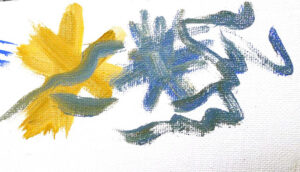
Rounds:
A round is a more lyrical brush than a flat, and is a classic tool for painterly surface marks. It can be used to make lines that vary from thin to thick. You’ll need a big one (perhaps an 8 or 10) for big, bold brushwork, and a wee pointed one (such as a 2) for fine detail.
My uncle used to say, “be true to your teeth or they’ll be false to you.” The same is true of small bristle rounds. They lose their points very quickly if you don’t clean them carefully.
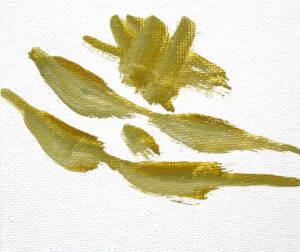
Filberts:
If I was stranded on a desert island with just one brush, it would probably be a size 8 filbert. Its great advantage is the variety of brushstrokes it makes. It’s can make single strokes that taper, such as in water reflections. Its rounded edges are good for blending. Set on its side, it makes nearly as good a line as a flat.
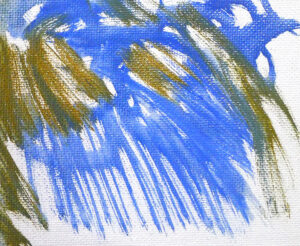
Double filbert or Egbert:
This is a ‘novelty’ brush like a dagger or fan brush, but it’s one I use all the time. It’s a lyrical brush that has a lot of expressive quality. Hold it at the butt end and swing it like a baton, and suddenly your painting will sing.
However, if you don’t clean it carefully it will splay and develop a split at the end, which renders it useless. I speak from sad experience here.
A bonus: I’ve been painting walls for the last week, and my favorite new brush is the Wooster Shortcut. Better control than a long-handled brush, easier to clean than China bristles, and with modern latex paint the coverage is just as good.
My 2024 workshops:
- Sea & Sky at Schoodic, August 4-9, 2024.
- Find your authentic voice in plein air: Berkshires, August 12-16, 2024.
- Art and Adventure at Sea: Paint Aboard Schooner American Eagle, September 15-19, 2024.
- Immersive In-Person Workshop: Rockport, ME, October 7-11, 2024.

